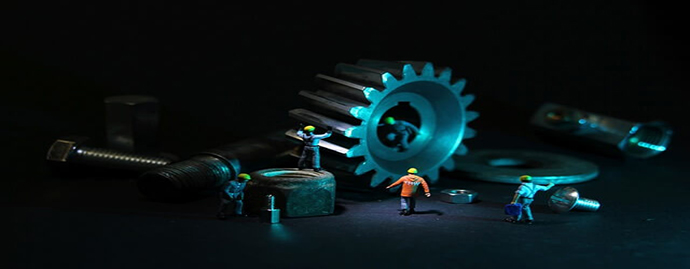| Start Date | End Date | Country | City |
|---|

 +966 920007771
+966 920007771

Objectives
On completion delegates will be familiar with:
- Different types of valves, and their construction.
- Valve applications and functions.
- Valve sizing and estimates
- Cavitation and noise in valves
- Troubleshooting of the valves and their maintenance
Outlines
Day 1:
- Introduction to valves
- Types of valves:
- Gate valve,
- Globe valve,
- Angle valve
- Needle valve,
- Butterfly valve,
- Ball valve,
- Plug valve and
- Check valve.
- Special service valve
- Pressure safety valve (PSC)
Day 2:
- Valves action:
- Stop or isolation valves, which, when in full opened or closed position, denote the starting or stopping of a stream flow.
- Throttling valves which control the flow of fluids by reducing it as required.
- Regulating valves that operate according to changes in line pressure to automatically increase or decrease flows and keep the line pressure constant
Day 3:
- Specialized valves:
- Diaphragm valves.
- Blow off valves.
- Balance valves.
- Diverting valves.
- Pressure reducing valves.
- Temperature regulating valves.
- Various kinds of "overpressure" valves. (pressure safety valves PSV)
- Hand control valve, knife valve, deluge valve, and blow down valve, slide valve .three way valve, four way valve, and automatic recirculation valve. All these valves are named as their service and shapes or actuators
Day 4:
- Valves Operation & actuators
- Pneumatically,
- Hydraulically,
- Electrically operated.
Day 5:
- Factors affecting suitability and application of valves:
- Fluid Properties
- Valve Size
- Valve Service
- Fluid Friction Loss
- Pressure and Temperature
- Materials of Construction
- Valves maintenance
Who Should Attend
- It is important for engineers, technicians, operation and maintenance groups.
Duration
5 Days









